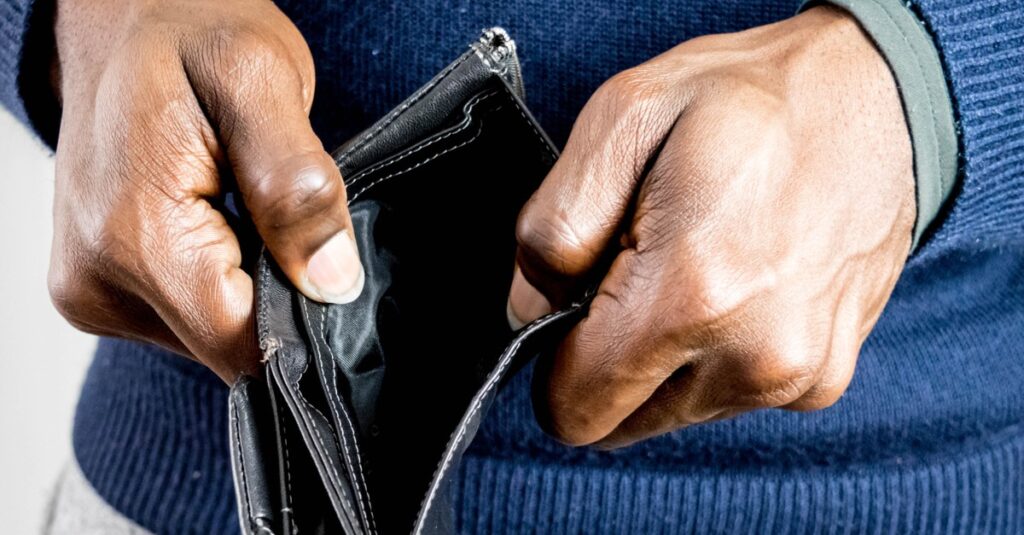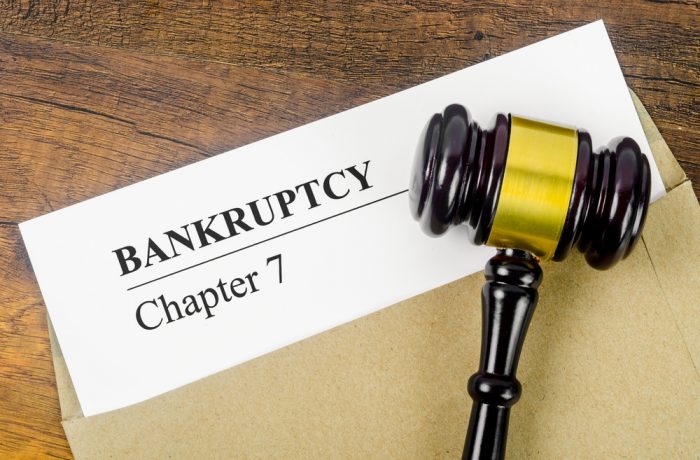By Brian Riley, Payments Journal
Bankruptcy is a Constitutional right that allows consumers and businesses with an option to re-organize their credit responsibilities. On the consumer side, there are two options, Chapter 7, which discharges the filer’s debts, and Chapter 13, which allows for a structured payment plan.
As with many metrics, credit policy-types dealt with during COVID-19, some numbers were counterintuitive: loan losses were down, delinquencies stabilized, while businesses sheltered at home. And according to the WSJ, Bankruptcy filings by consumers under chapter 7 were down 22% last year compared with 2019, while individual filings under chapter 13 fell 46%, according to Epiq data. After holding above 50,000 filings a month in 2019 and the first quarter of 2020, bankruptcy filings have remained below 40,000 a month since last March when the pandemic hit.
While loan losses continue at stable rates, bankruptcy filings start to bubble upwards, as the American Bankruptcy Institute reports. “March Total Bankruptcy Filings Increase 39 Percent from Previous Month.” Now, let us not forget that February has 28 calendar days and March has 31, but the upward trend is notable. On March 27, ABI commented:
Less than 90 days prior, Senator Elizabeth Warren proposed the Consumer Bankruptcy Reform Act of 2020. The first two bullets define the objectives of the more compassionate code, suggesting that credit card issuers should brace themselves for increased volumes once the stimulus checks end.
- Make it easier and less expensive for financially-strapped families and individuals to obtain financial relief by replacing the two separate consumer bankruptcy chapters with a single system available to all consumers, streamlining the filing process, and reducing filing fees.
- Ensure that filers can care for themselves and their families during the bankruptcy process by helping renters with back rent avoid eviction and continue to make payments, making student loan debt dischargeable in bankruptcy, and allowing people to protect their homes and cars during the bankruptcy process.
The full text of the Consumer Bankruptcy Reform Act of 2020 is here.
Bankruptcy is one of three types of losses incurred by credit card issuers. The two other types are contractual credit loss, also known as Charge-Off, and Fraud. Unlike charge-off and fraud, Bankrupt charge-off accelerates bad debt expense as soon as the court sends the issuer a filing notice. Instead of working towards arrangement as an account contractually ages towards charge-off, or perhaps to forestall fraud by investigating the merchant, consumer, or third party, Bankruptcy Charge-Off is recognized on the day the filing notification arrives.
There are use cases where bankruptcy is appropriate. Uncontrollable medical bills are often a driver. A failed business is another.
But for credit card issuers, deploying robust account management systems and deploying appropriate account analytics will help mitigate potential bankruptcy loss. As we approach the mid-year point of 2021, the 2022 budget planning process will soon begin. Operating lines such as non-interest expense will need to consider the impact of a shift in rising bankruptcy.





